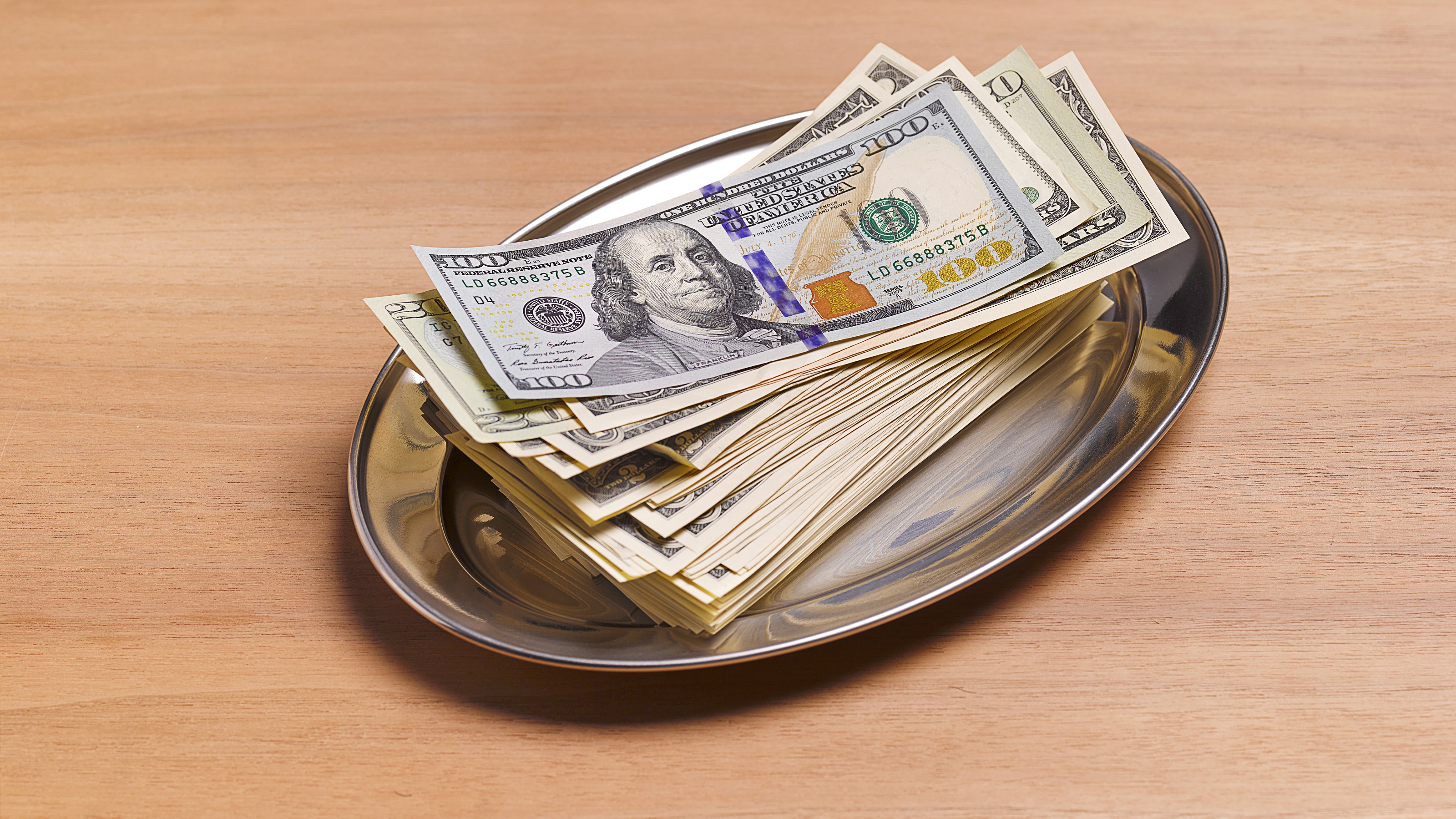
After the Fed raised interest rates to their highest level in years, many forecasts predicted that we would see rate cuts once inflation cooled off. That hasn’t happened.
The federal funds rate remains between 5.25% and 5.50%, and those long-anticipated cuts continue to be pushed back. This has left investors with important decisions about how to best manage their savings during an extended period of higher rates.
Those savings are substantial. In 2022, the median American household held $8,000 in cash in transaction accounts (regular checking or savings). A modest figure by some measures, but consider that the mean household held $62,000 in transaction accounts during that same calendar year. For households with individuals age 65 to 74, the amount was over $100,000.
Savers holding this cash in traditional savings accounts are seeing minimal returns; as of May 2024, the average savings account is paying 0.45% interest, according to the FDIC. In fact, with inflation still hovering above 3%, the value of such accounts is actually falling in relative terms.
What are the alternatives?
Assessing alternatives to savings accounts
Last year, I wrote about five places to put cash outside of a normal bank account. In this high-rate environment, savers continue to have a unique opportunity to maximize their cash holdings. There is a range of options to choose from: brokerage accounts, money market mutual funds (MMMFs), certificates of deposit (CDs) and Treasury bills, to name a few.
When deciding where to hold cash, investors should consider three key factors: rate of return, security and liquidity. Here’s a closer look at each:
Rate of return. One important question investors should ask is: What kind of return will I see on my money? The baseline goal should be to protect the value of cash by finding yields that keep up with inflation. With higher interest rates, those opportunities are ample, and many options even outpace inflation.
Security. Investors also want to ensure their cash is secure. The FDIC insures standard savings accounts up to $250,000 in the event of a bank failure. Bank failures are rare, but as we saw last year, higher interest rates and other macroeconomic factors put additional financial pressure on balance sheets, leading to a number of notable collapses.
The tradeoff for balance protection in a savings account is typically lower yields. Meanwhile, popular higher-yield options, such as money market mutual funds (MMMFs) or Treasury bills, are not FDIC-protected.
However, there are ways to earn higher returns without sacrificing peace of mind; high-yield brokerage accounts can offer competitive interest rates and provide access to FDIC insurance. Some brokerages also provide access to FDIC insurance beyond the standard $250,000 limit by working with partner banks to layer protections.
Liquidity. Finally, how available is the cash when it needs to be accessed? Some high-yield savings options also limit the number of withdrawals you can make in a month. An investor who buys Treasury bills, for instance, must wait for them to mature before the funds become available, or sell them in the secondary market, introducing risk to the principal.
Cash invested in money market mutual funds is far more liquid, but there is still a settlement period. It can take two business days to transfer funds to a bank account. In an emergency, that might be longer than someone is willing to wait. Certain money market funds also have what’s called a liquidity gate, which allows the fund manager to prevent large outflows — potentially locking up cash when it’s needed most.
High-yield brokerage accounts, on the other hand, can offer same-day transfers. Savers concerned about liquidity may sleep better with cash more immediately accessible.
Navigating elevated interest rates
Understanding how to make the most of cash is especially important given the latest interest rate projections. Investors should prepare for a “higher for longer” environment where interest rates remain elevated moving forward. According to the CME FedWatch Tool, which calculates probabilities of rate changes, the most likely outcome is one to two rate cuts in the next year.
With deeper cuts unlikely for some time, savvy investors will take advantage of these higher rates to preserve and grow their savings. As they do so, rate of return, security and liquidity should remain top of mind when managing cash holdings.







